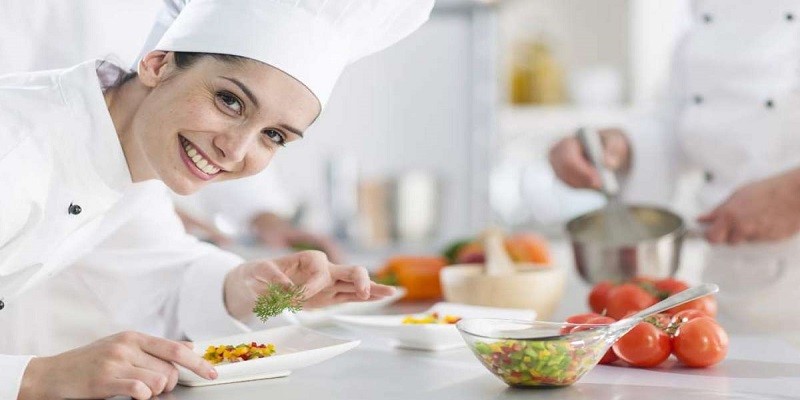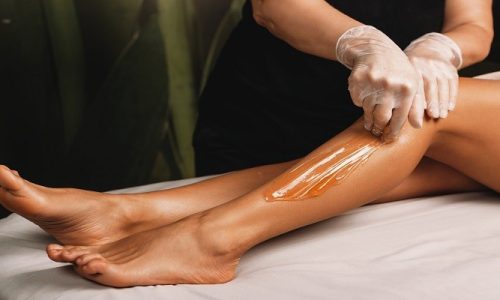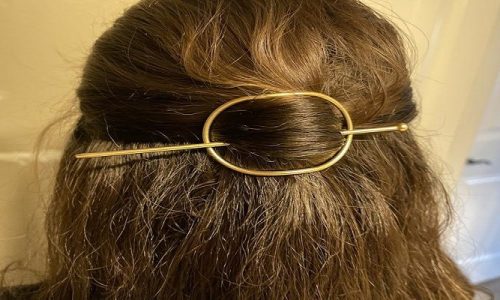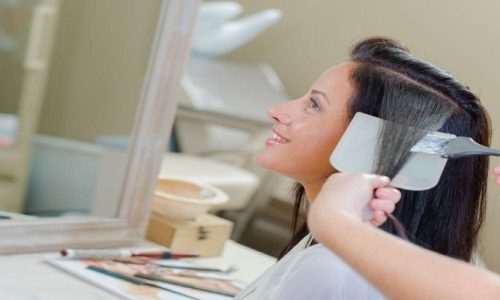Last Updated on June 18, 2025 by Jaclyn A. Neeley
Maintaining hygiene and preventing contamination in food preparation areas is crucial. One of the key aspects of this is controlling hair to ensure it does not come into contact with food. This article will explore various methods and best practices for controlling hair during food preparation, including the use of hair restraints, personal hygiene practices, and regulatory requirements.
Importance of Hair Control in Food Preparation
Hair control in food preparation is essential for several reasons:
- Preventing Contamination: Hair can carry bacteria and other pathogens that can contaminate food, leading to foodborne illnesses.
- Maintaining Hygiene: Loose hair can fall into food, utensils, and preparation surfaces, compromising cleanliness.
- Customer Satisfaction: Finding hair in food is a common source of customer complaints and can damage the reputation of a food establishment.
Types of Hair Restraints
Various types of hair restraints can be used to control hair during food preparation. These include:
Hairnets
Hairnets are one of the most common and effective hair restraints. They are typically made from nylon or polyester mesh material, which is breathable and comfortable to wear. Hairnets cover the entire head, ensuring that no loose strands can fall into the food.
Hats and Caps
Hats and caps, such as chef hats, baseball caps, and bouffant caps, are also widely used in food service establishments. Chef hats not only serve a functional purpose but also add a professional touch to the kitchen staff’s appearance. Bouffant caps are made from non-woven material and provide a secure fit, making them ideal for high-volume kitchens.
Beard Restraints
For individuals with facial hair, beard restraints are necessary to prevent hair from falling into food. Beard nets are similar to hairnets and are designed to cover beards and mustaches effectively.
Bandanas and Headbands
For those with shorter hair, bandanas and headbands can be used to keep hair away from the face and food. These are particularly useful in less formal settings or for individuals who find hairnets uncomfortable.
Best Practices for Hair Control
In addition to using hair restraints, there are several best practices that food handlers should follow to ensure effective hair control:
Tying Back Long Hair
Individuals with long hair should tie it back securely before starting food preparation. Using hair ties, clips, or rubber bands can help keep hair in place and prevent it from falling into food.
Regular Hair Maintenance
Maintaining clean and well-groomed hair is essential. Dirty or greasy hair is more likely to shed and can be a hygiene concern. Regular washing and trimming can help minimize the risk of hair contamination.
Hand Washing
Thorough hand washing is crucial before and after handling food. This practice helps remove any oils, dirt, or debris from the hair that may have transferred to the hands. It is also important to wash hands after adjusting hair or head coverings.
Sanitary Practices
Following other sanitary practices, such as wearing gloves when appropriate and avoiding touching the face or hair during food handling, can further reduce the risk of contamination.
Regulatory Requirements
Different regions have specific regulations regarding hair control in food establishments. Understanding and adhering to these regulations is essential for compliance and food safety.
Food Code Regulations
According to the FDA Food Code, all food handlers working in areas where food is prepared must use hair restraints, such as hairnets, caps, or hats, to minimize hair contact with hands, food, and food-contact surfaces. This regulation applies to all kitchen staff, including chefs, sous chefs, and dishwashers.
State-Specific Requirements
Some states have additional requirements. For example, the Texas Food Establishment Rules (TFER) mandate that food employees wear hair restraints designed to keep hair from contacting exposed food, clean equipment, utensils, and linens. Similarly, the Minnesota food code requires hair restraints for all employees working in food production establishments.
Exemptions
Certain employees, such as counter staff who only serve beverages and wrapped or packaged foods, may be exempt from wearing hair restraints. However, they must still ensure that their hair does not pose a contamination risk.
Training and Education
Proper training and education are vital to ensure that all food handlers understand the importance of hair control and how to implement it effectively. Food safety training programs should include:
Instruction on Hair Restraints
Training should cover the different types of hair restraints available and how to wear them correctly. Employees should be shown how to secure hairnets, hats, and beard restraints to ensure they are effective.
Hygiene Practices
Training should emphasize the importance of personal hygiene, including regular hand washing, maintaining clean hair, and avoiding touching the face or hair during food preparation.
Regular Inspections
Regular inspections and reminders about hair control can help reinforce the importance of this practice. Supervisors should conduct periodic checks to ensure compliance with hair restraint policies.
Conclusion
Controlling hair during food preparation is a critical aspect of maintaining food safety and hygiene. By using appropriate hair restraints, following best practices, and adhering to regulatory requirements, food handlers can minimize the risk of hair contamination. Proper training and regular inspections are essential to ensure that all staff members understand and implement effective hair control measures. By prioritizing hair control, food establishments can enhance their food safety standards and provide a better dining experience for their customers.
FAQs
How to avoid getting hair in food while cooking?
To avoid getting hair in food while cooking, always wear a hair restraint such as a hairnet, cap, or chef hat. Ensure that all hair, including facial hair, is fully covered. If you accidentally touch your hair, wash your hands immediately before resuming food preparation to prevent contamination.
How can hair be controlled in food preparation Quizlet?
Hair can be controlled in food preparation by wearing appropriate hair restraints like hairnets, caps, or chef hats. These coverings help prevent loose hairs from falling into food and reduce the risk of contamination. Additionally, keeping hair tied back and avoiding touching it during food preparation are essential practices.
How should hair be kept when working with food?
When working with food, hair should be kept clean, neat, and fully restrained. Long hair should be tied back, and all hair should be covered with a hairnet, cap, or chef hat to prevent it from falling into food. Facial hair should also be covered with a beard net if applicable.
What are the benefits of wearing a hair restraint while cooking?
Wearing a hair restraint while cooking prevents hair from falling into food, which can cause both physical and biological contamination. It also helps maintain a professional appearance and reduces the risk of spreading pathogens from hair to food, thereby enhancing overall food safety.
What are some other personal hygiene tips for food handlers?
Other personal hygiene tips for food handlers include washing hands frequently, keeping nails short and clean, avoiding nail polish and jewelry, wearing clean uniforms, and using gloves properly. Additionally, food handlers should avoid strong perfumes and stay home if they are sick to prevent contamination.







